

Damion Smy
Boxy new KGM Musso unveiled to take on HiLux and Ranger ahead of Australian launch
5 Hours Ago
EcoSport, what EcoSport? Ford's entry-level SUV is a Euro-chic model with class-leading tech and crackerjack dynamics.
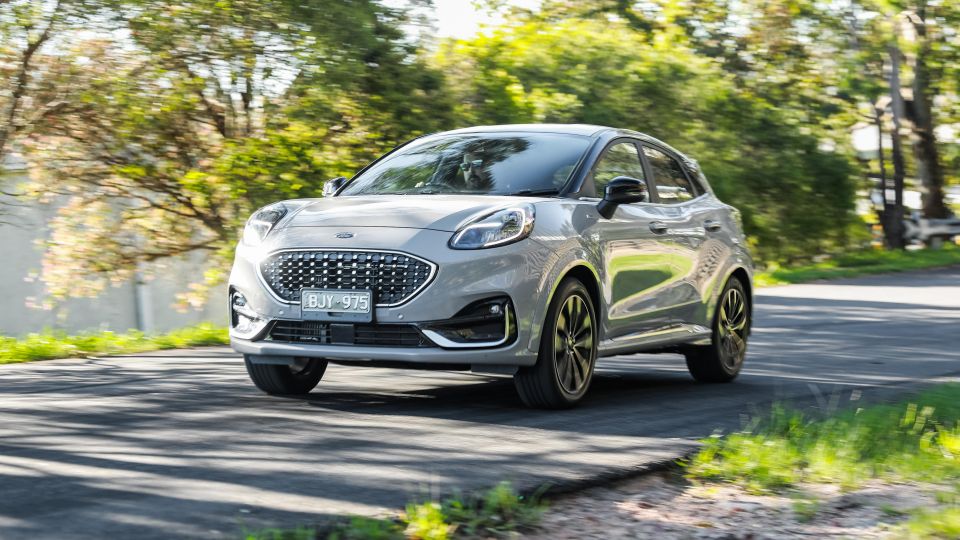
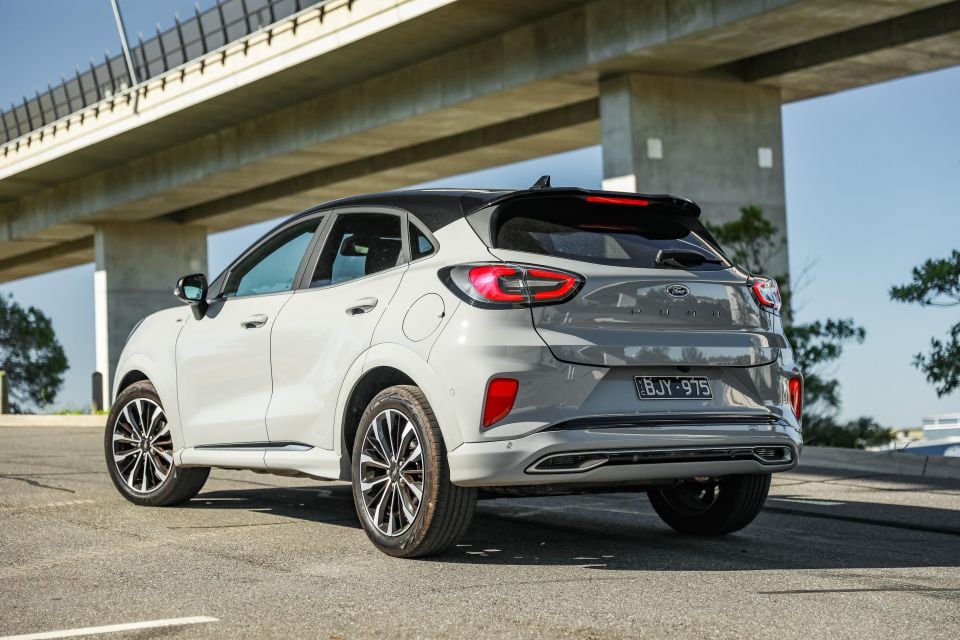

News Editor
New from
$29,990
excl. on-roads

News Editor
New from
$29,990
excl. on-roads


News Editor
New from
$29,990
excl. on-roads

News Editor
New from
$29,990
excl. on-roads
Quickly see how this car stacks up against its competition. Select any benchmark to see more details.
Where expert car reviews meet expert car buying – CarExpert gives you trusted advice, personalised service and real savings on your next new car.
Talk about a turnaround.
Ford has gone from having one of the most underwhelming light SUV offerings in Australia to one of the most impressive.
The Ford Puma is more expensive than its EcoSport predecessor, but it’s built to an entirely different brief. Where the EcoSport was designed for developing markets and adapted for Western markets later, the Puma has been designed primarily for Europe.
So, while we miss out on desirable American Fords like the F-Series and Maverick, at least we can lord the little Puma over them.

Since launching here late in 2020, it’s off to a good start. That must be a relief for Ford, a brand heavily reliant on the Ranger, Everest and Mustang these days, which struggles to sell a mid-sized crossover (the Escape) in a market hungry for them and couldn’t make a fist with a large crossover (the Endura).
The styling is a bit froggy up front, but it’s not too much of a stretch to say its curvaceous lines pay clear homage to the popular 1990s coupe from which it’s borrowed its name.
The rear is perhaps the most anonymous angle, with a vague resemblance to the Mazda CX-3, but look closer and the clear-lensed tail lights – if not their LED signatures – appear to take inspiration from the original Puma.
It’s also a dapper kitty in flagship ST-Line V guise, with its chrome exterior highlights and available black contrast roof.
The ST-Line V is priced at $35,540 before on-road costs, with the Puma range opening at $29,990 before on-roads for the base FWD.
You can’t say you pay the “SUV tax” to buy a Puma here as there’s no cheaper Fiesta any more, with that model now exclusively available in sporty ST guise. Unfortunately, the Puma ST is off-limits to Australians for now.
With the 2022 model, the ST-Line V is now the only Puma to offer the option of a $2000 panoramic sunroof or a black contrast roof. Our tester had only the latter, which is priced at $1150 and includes prestige paint.
To get just prestige paint, you’re looking at $650.
The only other spec change for 2022 relates to the optional Park Pack, which includes a raft of active safety and driver assist features. It’s now priced at $990 on all Puma models, down from $1500.
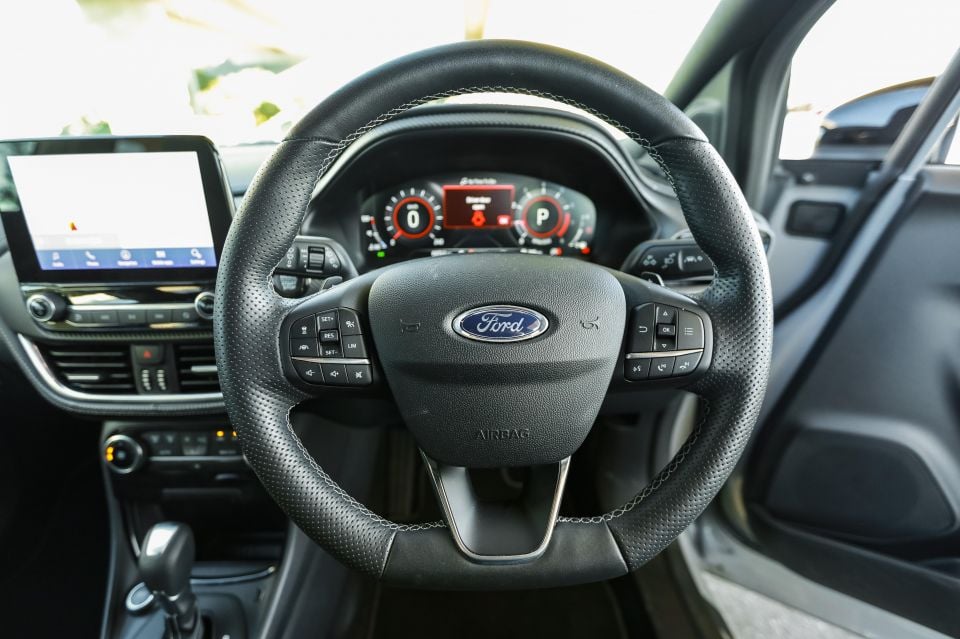
With the optional roof and Park Pack, our tester costs $37,680 before on-roads, or $41,730 drive-away based on a Sydney postcode.
The most direct rivals to the Puma ST-Line V include fellow Europe-focused models like the Nissan Juke Ti ($36,490 before on-roads), Renault Captur Intens ($35,790 list), Skoda Kamiq Signature ($40,990 drive-away) and Volkswagen T-Cross 85TSI Style ($32,100 list). However, the broader competitive set also includes:
All prices exclude on-road costs unless otherwise noted.

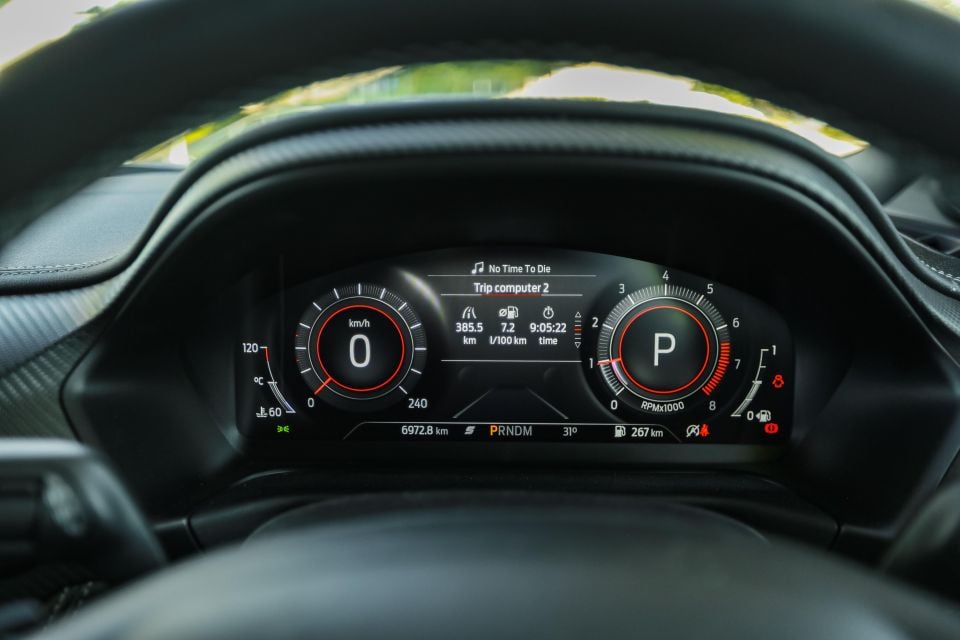
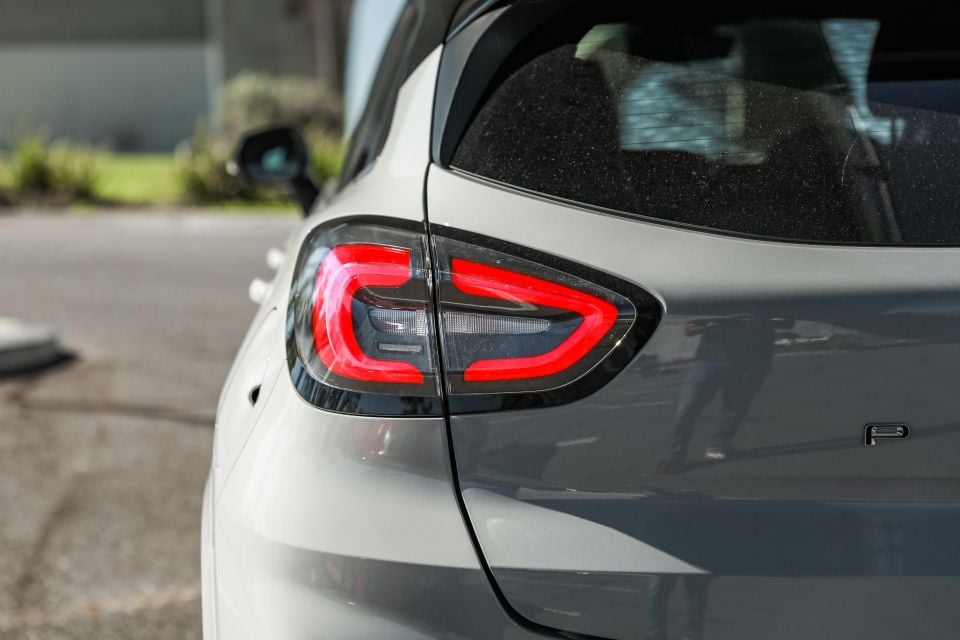
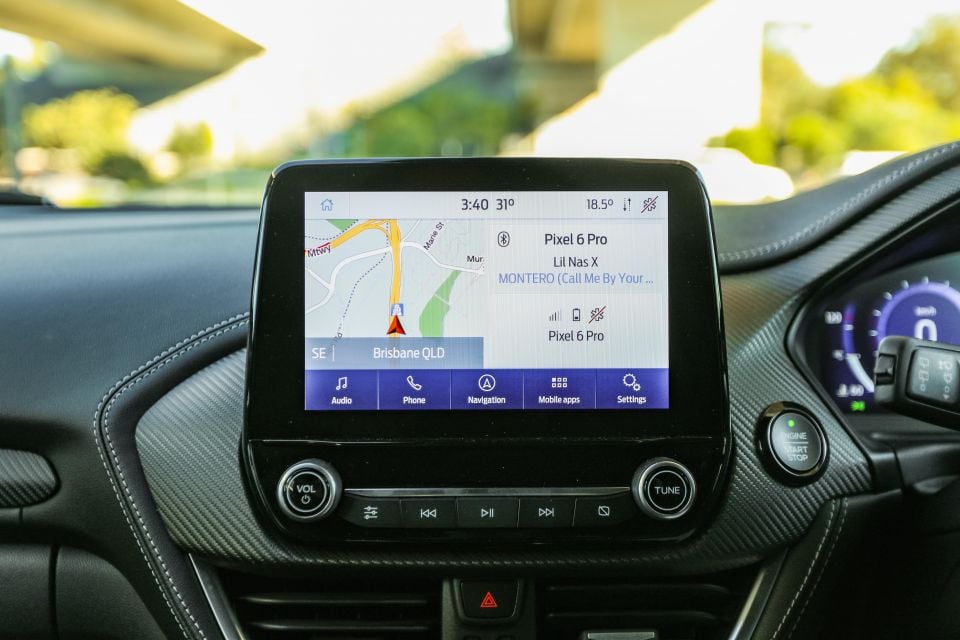
Buy your new car without the stress. It's fast, simple and completely free.

Great service from Travis and team, second time I have used this business would not hesitate to recommend them to anyone
Craig C.
Purchased a Ford Ranger in Sunshine Coast, QLD
CarExpert helped Craig save thousands on his Ford Ranger, now let us save you on your next new car.
Find a dealPuma ST-Line V highlights:
That’s in addition to features found in lower grades, including:
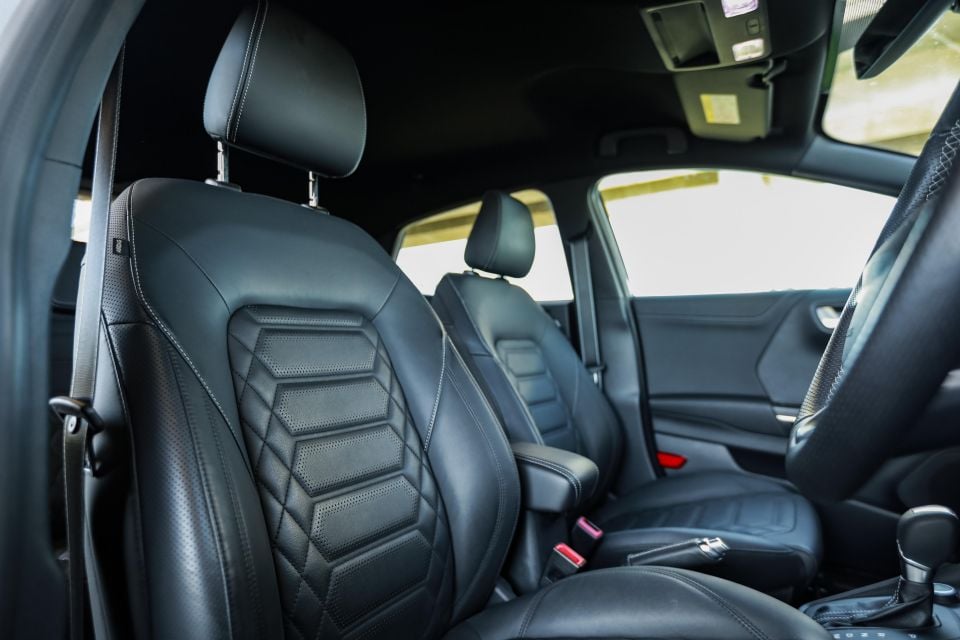
We’d highly recommend spending the extra $990 on the Park Pack, not only for peace of mind but also for resale value.
It packs a lot of extra kit, including:
The slightly larger Kamiq Signature largely matches our tester’s safety and convenience features for a similar price while offering more power and torque plus some extra kit like a power driver’s seat and heated rear seats. The T-Cross 85TSI Style undercuts the Puma, though it lacks some of its niceties like a power tailgate, adaptive headlights and leather upholstery.
A Captur Intens has a power driver’s seat and a surround-view camera over the Puma, though you have to tick some option boxes to get features like adaptive cruise control and semi-autonomous parking assist, which gnaws away at any value advantage. Finally, the Captur’s less powerful Juke cousin has a surround-view camera but no wireless phone charging or power tailgate, yet it costs more than the Puma.
Overall, the Puma stacks up fairly well against its rivals, but the Skoda Kamiq Signature makes a strong value-for-money play.

The Ford Puma has a five-star ANCAP safety rating based on testing conducted in 2019.
The car scored 94 per cent for adult occupant protection, 86 per cent for child occupant protection, 77 per cent for vulnerable road user protection and 74 per cent for safety assist.
All models come standard with the following safety features:
The AEB system includes pedestrian detection at speeds of up to 80km/h. The aforementioned Park Pack includes additional useful safety technology.
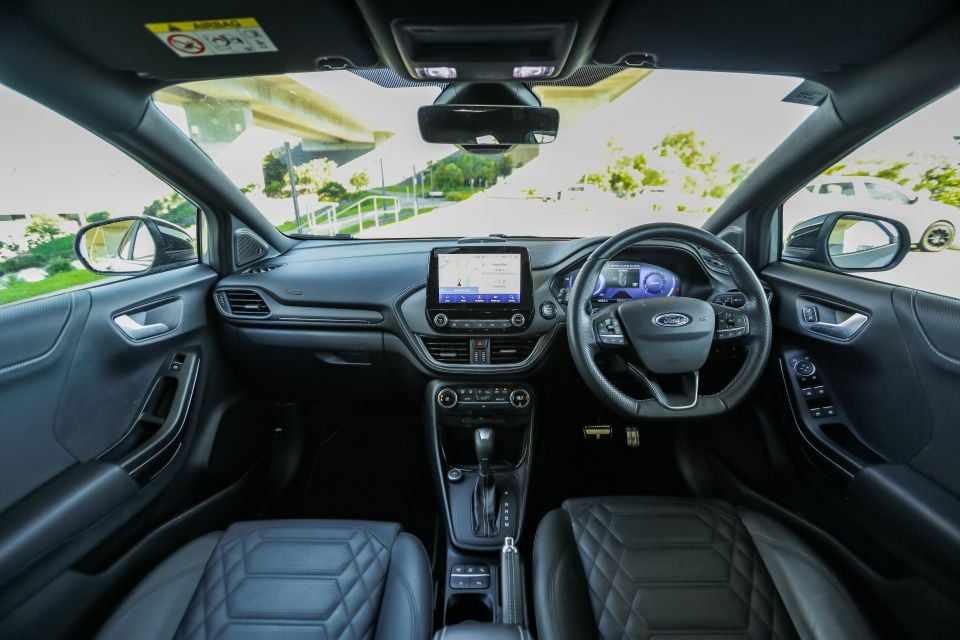
The Puma ST-Line V’s interior is suitable for its circa-$35,000 price point, with nicer materials than the likes of a T-Cross and better tech than a Juke. There’s also a nice level of differentiation between it and lesser Pumas.
The soft-touch dash top features prominent stitching details for a leather-wrapped look, while there’s tactile dimpled leatherette on both the chunky steering wheel and the front door panels. This contrasts with the quilted ‘Sensico’ artificial leather upholstery of the seats, which are comfortable and look like they belong in a more expensive car.
You’ll still find some harder, scratchier plastics lower on the dash, while the rear door cards are hard plastic except for the padded armrest. Overall though, material quality is quite good for the segment, down to (or rather, up to) the tactile headliner.
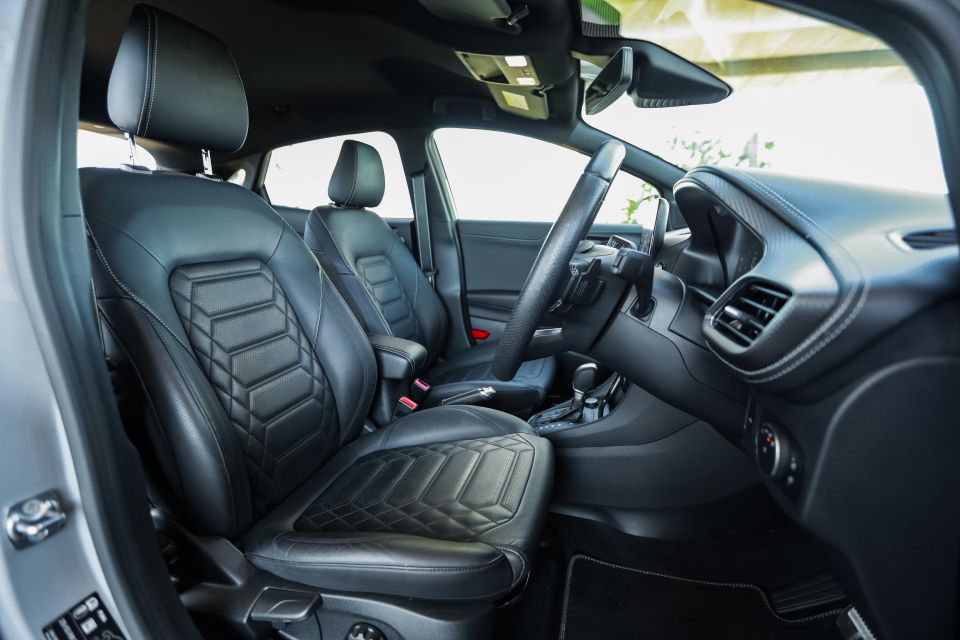
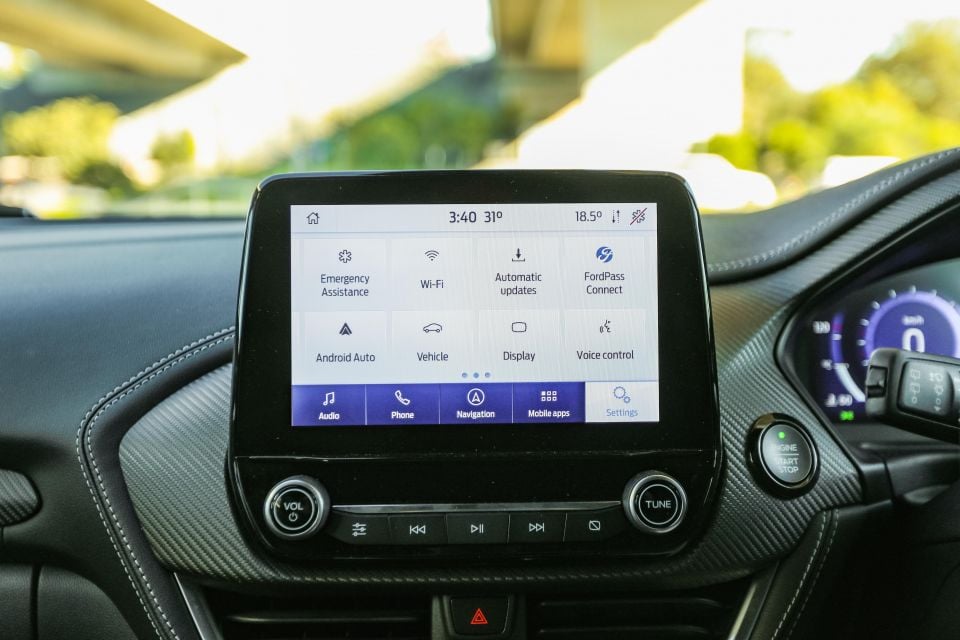
Ford’s Sync 3 infotainment system is one of the best in this segment. It’s responsive, easy to read and navigate, and features handy shortcut buttons along the bottom of the display.
There’s also embedded satellite navigation that looks good and works well, plus wired Android Auto and Apple CarPlay. That it also supports over-the-air updates is the cherry on the parfait.
Below the screen and above the air vents sit physical buttons for adjusting media, while lower on the centre stack you’ll find physical climate controls.
In a perfect world, we shouldn’t have to praise a car company for having physical buttons but in a car market that’s increasingly relegating functions to the touchscreen or switching to unintuitive touch-capacitive buttons, Ford’s reliance on conventional switchgear is refreshing.

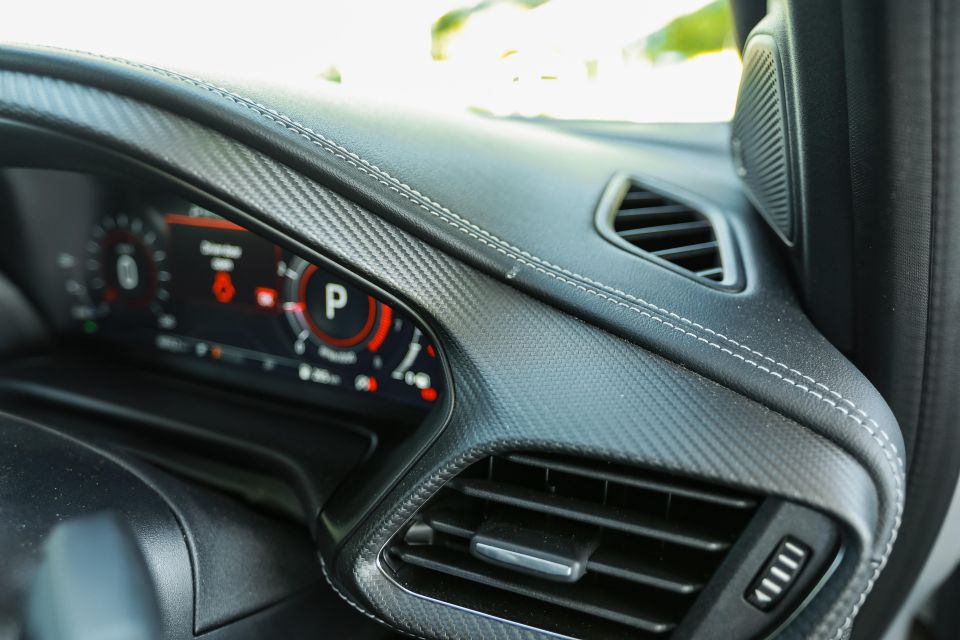
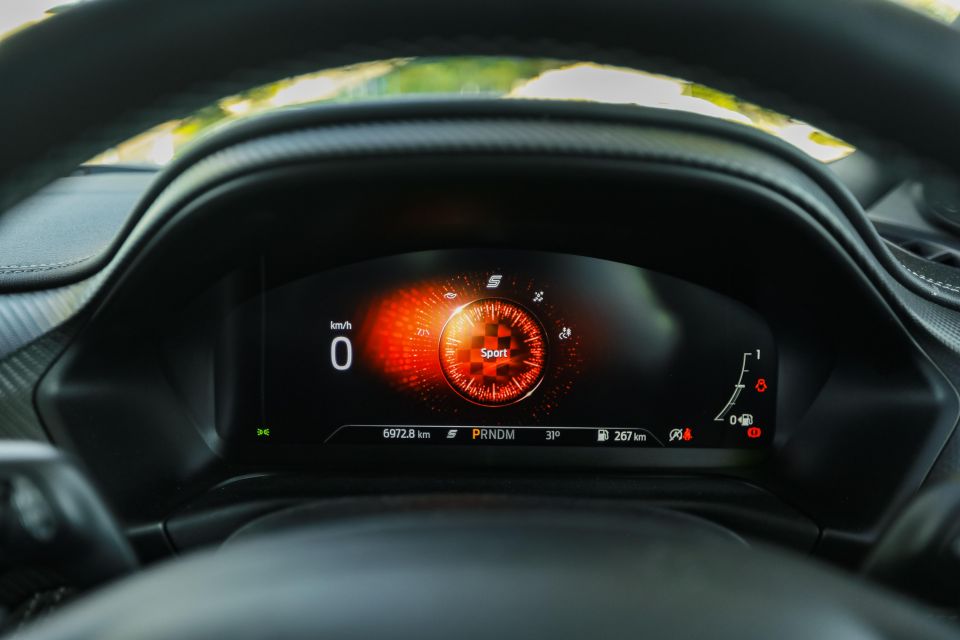
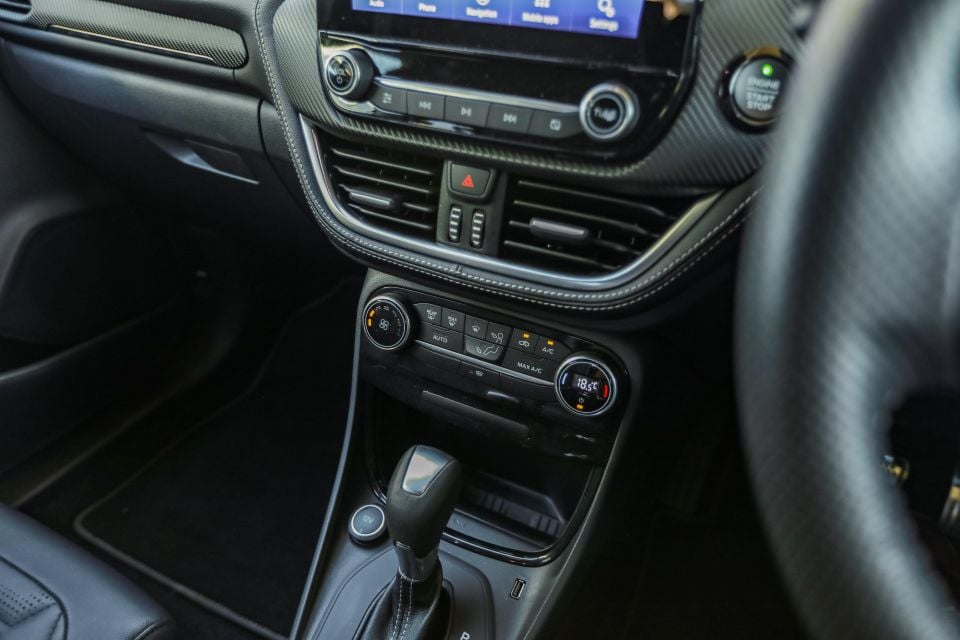
The digital instrument cluster is initially very blue, but toggling between drive modes sees the display change.
Sport, for example, has a fetching black display with red accents, while Slippery is a cool blue-grey and Trail is green. Regardless of the mode selected, the instruments are clear, legible and easy on the eyes. This is a very nicely presented display.
The centre console bin is on the small side though it houses the cabin’s lone USB-C outlet. The bottle holders in each of the doors fit a 1L bottle but they’re not as enclosed as they should be, and in one instance a bottle fell out – hardly ideal, particularly if you’re popping a bottle in the driver’s door holder. The glove compartment is also poky.
There are two cupholders up front, plus a wireless phone charger. The latter is angled in a way that you won’t be able to see if your phone is charging, depending on the phone you have.

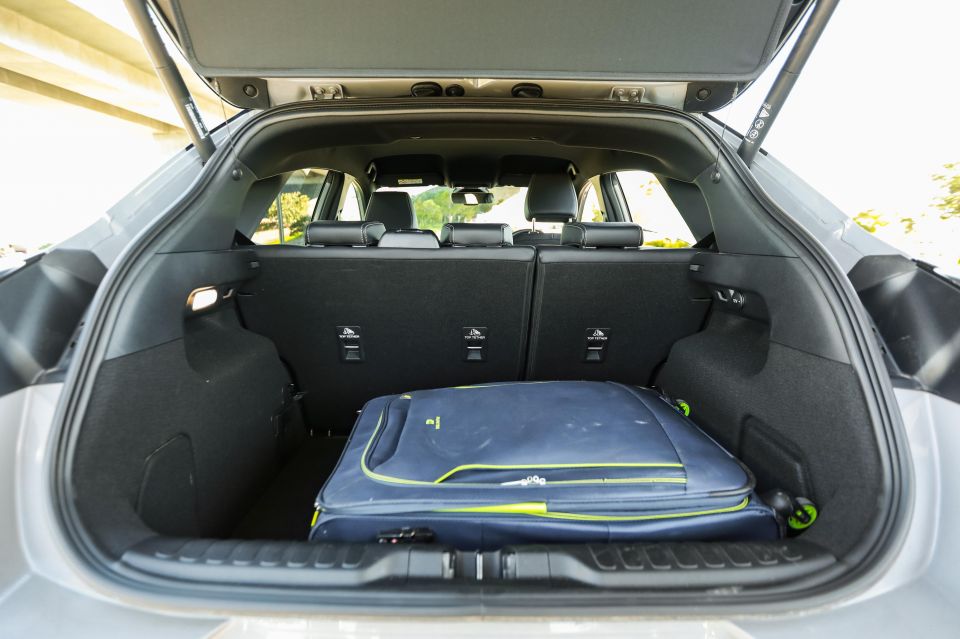
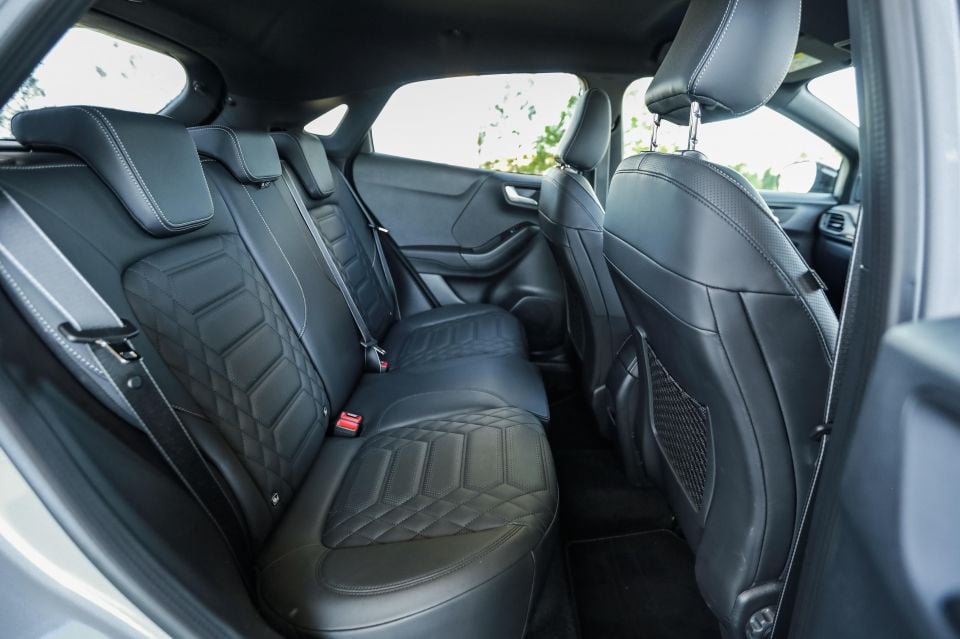
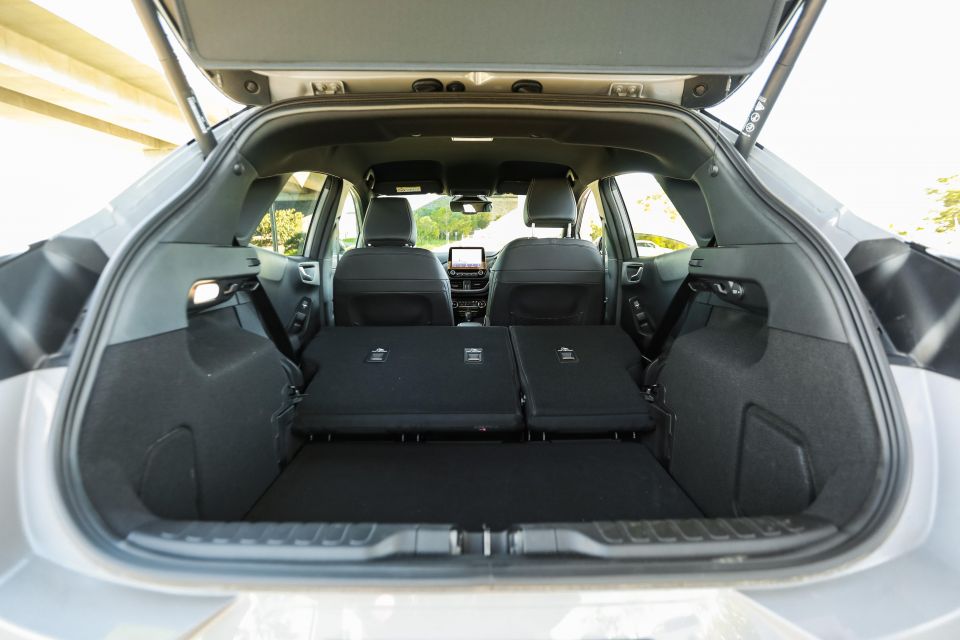
Step into the back and it’s a little light on for space. There’s sufficient headroom for someone 180cm tall, but their knees will be touching the front seatbacks if the front seat occupants are of a similar size.
The beltline also rises sharply so it’s a bit claustrophobic back here, while there are no amenities beyond nets on the seatbacks and bottle holders in the doors – that means no cupholders, air vents or USB outlets. There aren’t even grab handles back here. Like many SUVs in this segment, it’s not particularly wide so you won’t be putting somebody in the centre seat.
While the back seat is hardly palatial, the boot is more impressive. It’s rather like the Juke’s, with a relatively high liftover but a surprisingly deep boot. It measures 410L, expanding to 1170L with the rear seats folded, however the seats don’t fold completely flat. Under the boot floor, you’ll find a space-saver spare and a 34L storage cavity.
For context, a Juke has 422L/1305L of cargo space, a T-Cross 455L/1281L, and a Captur 422L/1275L.
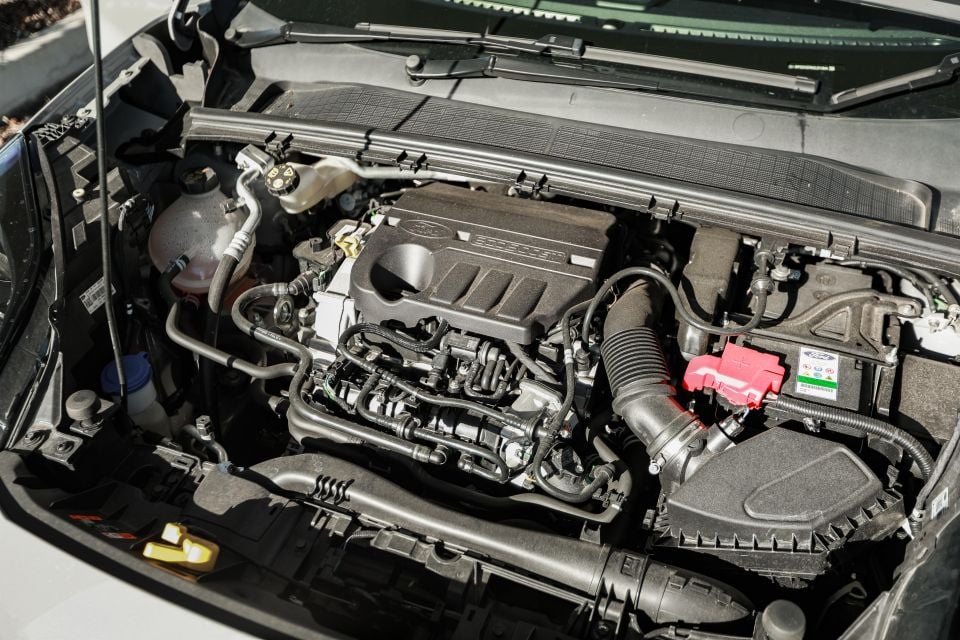
All versions of the 2022 Ford Puma sold in Australia are powered by a 1.0-litre turbocharged three-cylinder petrol engine which produces 92kW of power and 170Nm of torque.
Drive is sent to the front wheels via a seven-speed dual clutch automatic transmission. The use of a small turbocharged three-cylinder engine is quite common among light and small SUVs designed for the European market.
For example, the Juke and T-Cross also have turbocharged 1.0-litre three-pots, with outputs of 84kW/180Nm and 85kW/200Nm respectively.
The Captur and Kamiq feature punchier turbocharged four-cylinder engines, with the former’s 1.3-litre putting out 113kW and 270Nm and the latter’s 1.5-litre producing 110kW and 250Nm.
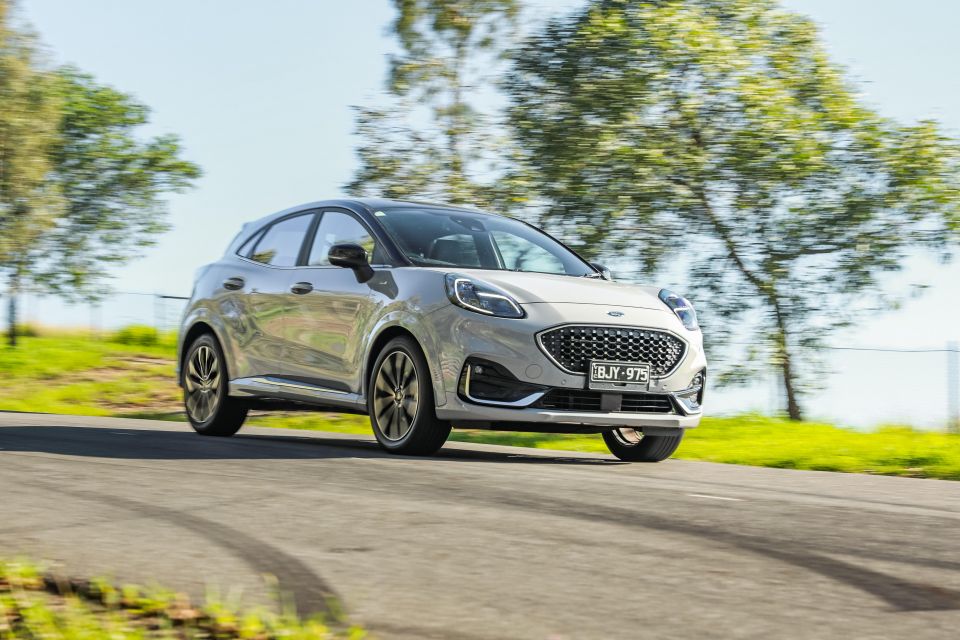
The term SUV might just be the biggest load of marketing bollocks, as we’ve seen with the Puma’s rather titchy cabin accommodations. There’s also really nothing remotely SUV-like about the way the Puma drives, but in this case that’s entirely a good thing.
While it’s easier to step into than a small hatchback, you don’t feel particularly elevated, and this hunkered-down stance is a boon for handling. There’s no feeling of a higher centre of gravity, and instead this drives like a sporty little hatchback. It’s playful, and it loves corners.
In many ways, this is like a Nissan Juke that’s gone to finishing school. It has the firm ride and sporty handling of the Nissan, but with the powertrain foibles largely ironed out and noise levels significantly reduced. Indeed, this is arguably the most enjoyable mainstream light or small SUV to drive.
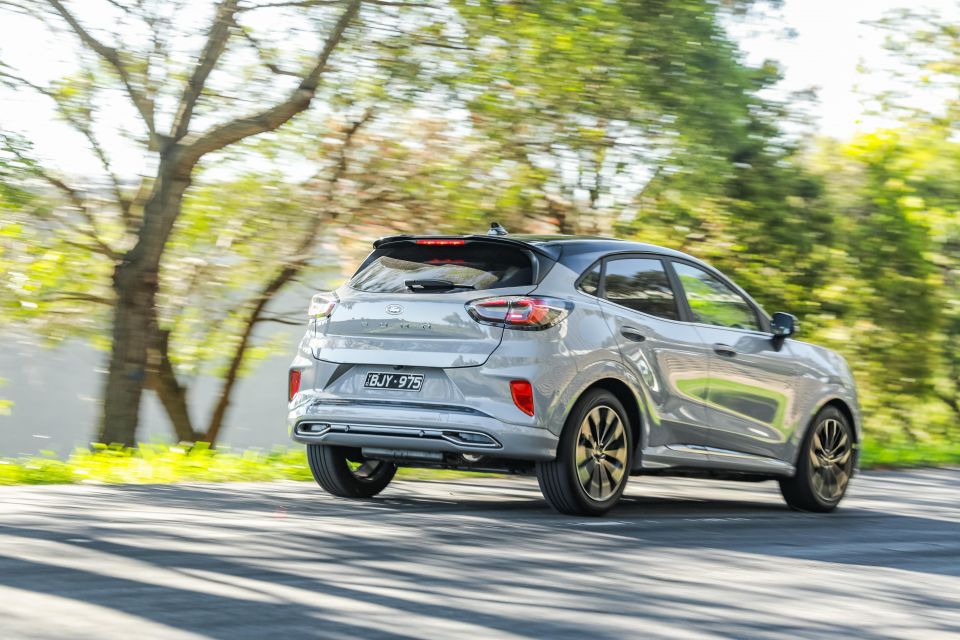
The engine mightn’t be the most powerful in the segment but it’s willing, it has a lovely, thrummy engine note, and it has more than enough power for darting into gaps in traffic.
While there’s a bit of lag off the line, there’s a good amount of pull while overtaking. The Puma’s chassis, however, is clearly capable of handling more power, and there’s proof of that in the Puma ST that’s sadly off-limits to Australia. Nevertheless, the Puma goes to show you don’t need a lot of power to have a car that’s fun-to-drive.
We’d swap out the Continental EcoContact tyres. Pushed down a winding mountain road – yes, the Puma is genuinely entertaining on one – these tyres will give up long before the chassis does, while they can also get noisy at highway speeds and on coarser-chip surfaces and they don’t feel especially grippy on unsealed roads.
This is a delightful SUV to drive, with sharp turn-in, nicely weighted and feelsome steering, and a level of poise that eludes most rivals. You can carry more speed through corners than most rivals, with virtually no body roll.
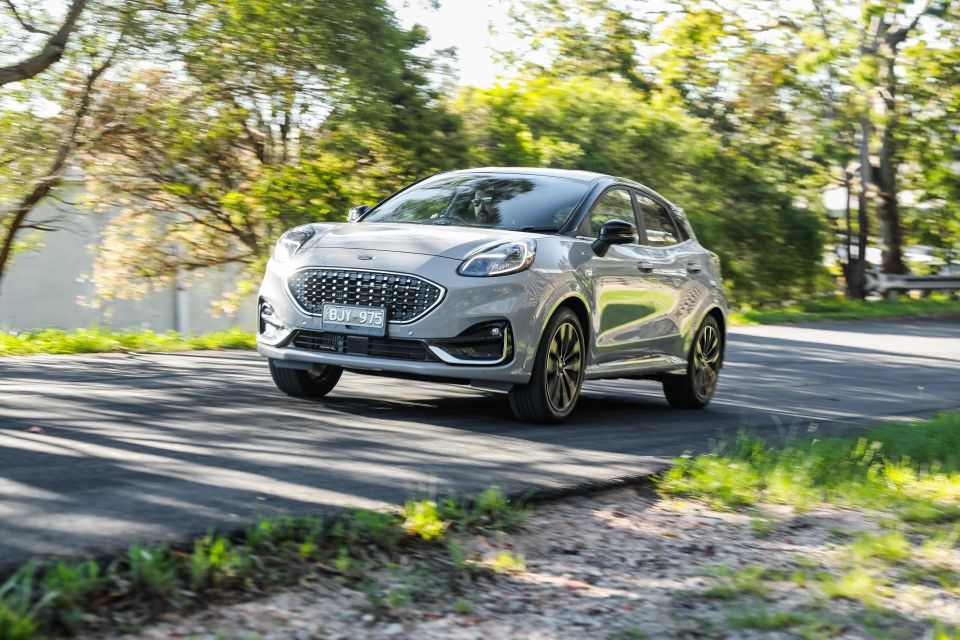
Where expert car reviews meet expert car buying – CarExpert gives you trusted advice, personalised service and real savings on your next new car.
The Puma’s ride is rather firm which, depending on how poorly surfaced your local streets are, can perturb somewhat.
The ST-Line V uses the firmer of the Puma’s two suspension tunes in the Australian market, while it also features the largest alloy wheels of the range (18-inch). It’s never harsh, however, and bumps are well-absorbed.
The dual-clutch automatic does have the low-speed vibrations typical of these units, but beyond that it’s excellent. Shifts are quick, and there’s really no need to switch to Sport mode as a consequence.
Doing so will, however, hold gears for a little bit longer, add some weight to the steering, and quicken throttle response, so it can make a twisty road jaunt even more entertaining. You also have paddle shifters at your disposal to manually change gears.
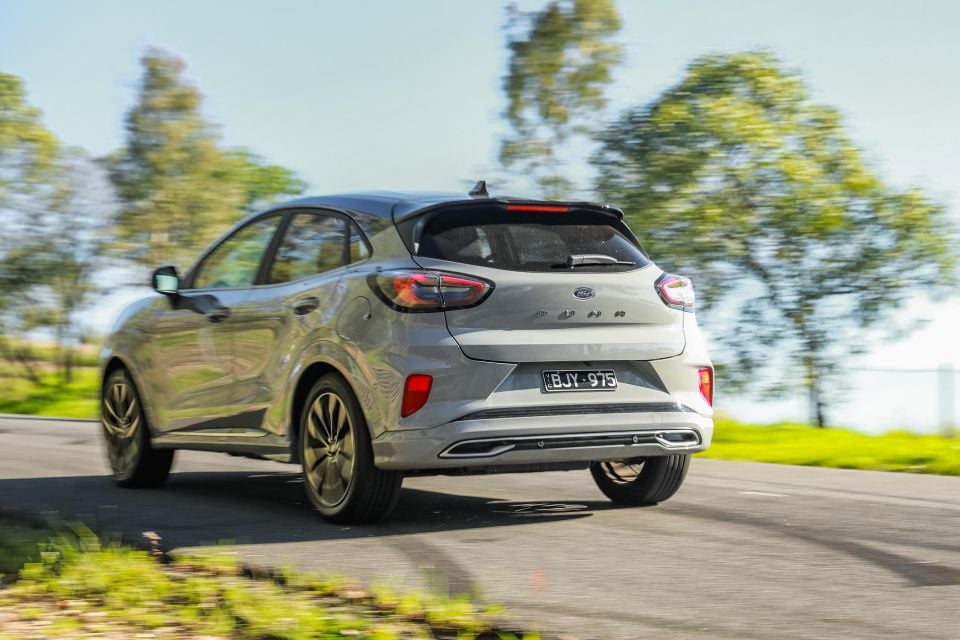
In terms of the active safety and driver assist technology, the lane-keep assist is merely adequate but the lane-centring assist, which works in conjunction with the adaptive cruise control, does a commendable job keeping you in your lane.
Though it’s front-wheel drive, Ford offers Slippery and Trail drive modes in addition to the standard Eco, Normal and Sport.
We noticed a recurring squeak coming from the passenger door during our time with the Puma. Incidentally, we also noticed the tail lights don’t look perfectly aligned between the body and the tailgate.
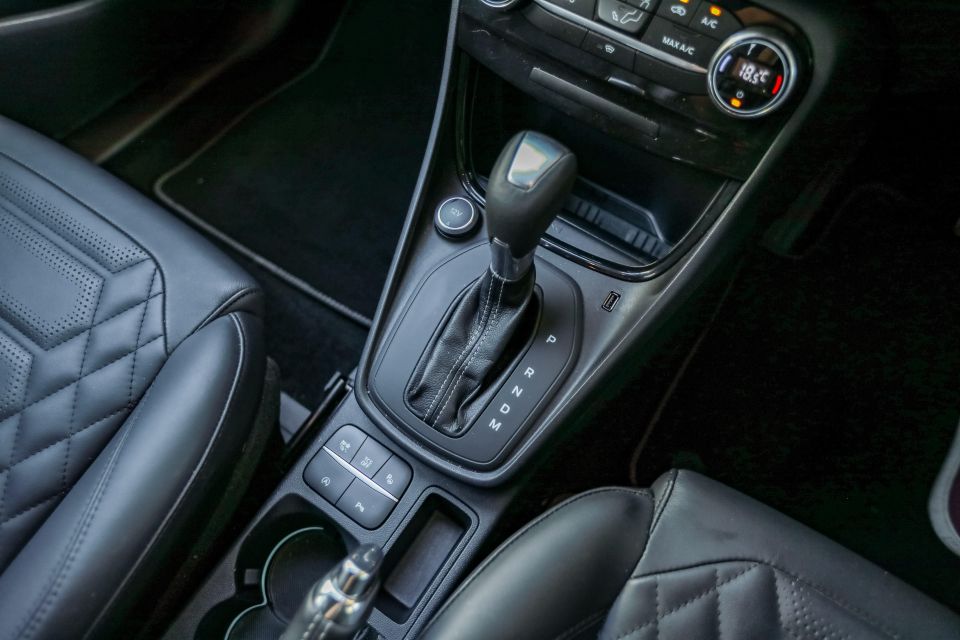
The Puma is covered by a five-year, unlimited-kilometre warranty. Servicing is required every 12 months or 15,000km, whichever comes first.
For the first four years/60,000km, Ford offers scheduled maintenance capped at $299 per visit. That’s about average for this class – the Kamiq and T-Cross, for example, are available with five-year service plans costing $1400 and $1850, respectively, or $280/$370 per visit.
Service prices for the Captur are capped at $399 each until year five, with the exception of a costly $789 outlier. Honda and Toyota continue to have everybody beat in terms of servicing affordability, which puts Ford comfortably mid-pack.
On a loop consisting of inner-city, suburban and highway driving, we averaged 7.0L/100km. Over the course of a week, this rose to 7.9L/100km albeit in mostly urban driving. The official combined cycle rating is 5.3L/100km.

If you want something fun-to-drive but your partner or spouse is insisting on a small SUV, the Puma strikes us as a terrific compromise.
It’s not ideal if you plan on driving passengers around, though. The back seat is among the tightest in this segment, while also sorely lacking in amenities.
At least the boot is competitively-sized for the class, while up front there’s an attractive dashboard with nice materials and a top-notch infotainment system and digital instrument cluster.
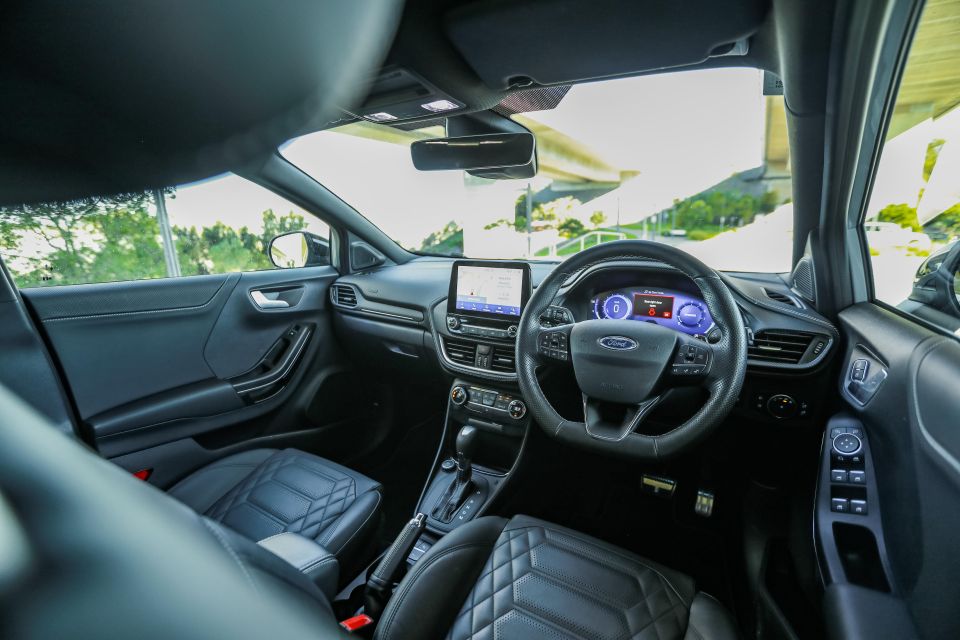
It’s down on power compared with the likes of a Captur or Kamiq, but the Puma is still a hoot to drive. It’s brimming with character thanks to its enjoyable handling and thrummy engine, though tyre noise and ride quality could be better – we suspect both could be mitigated somewhat with better tyres.
While its pricing and features list line up with key rivals, there are better value models available – and we’re not just talking about Chinese models. The more powerful, more spacious, better-equipped Skoda Kamiq Signature is the most prominent example, though it’s not quite as fun-to-drive.
The Puma might have its compromises, but it’s stylish, nicely appointed and a genuinely enjoyable steer. If you’re only driving yourself or one other person around most of the time, it deserves to be on your shortlist.
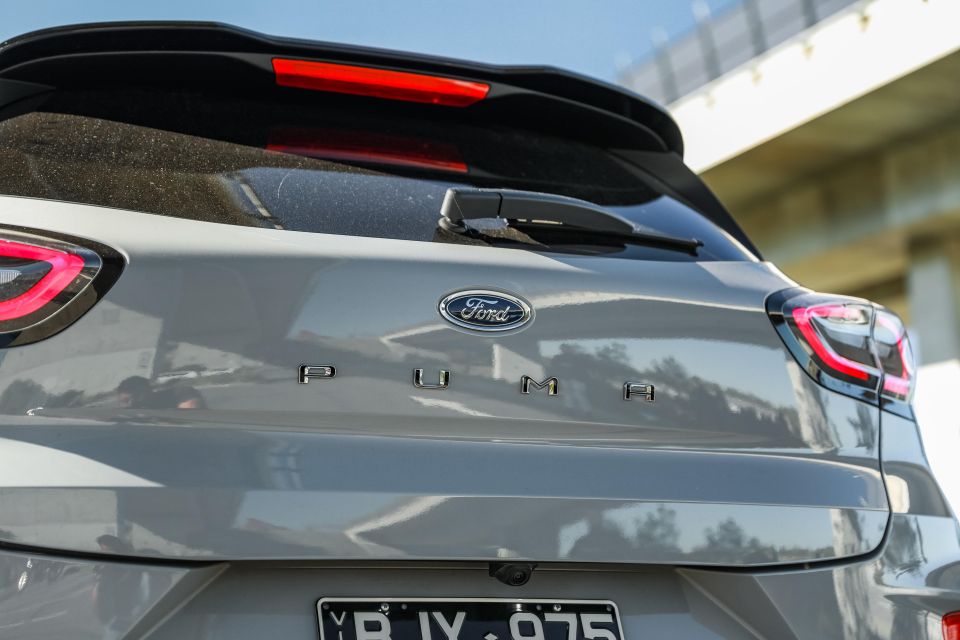
Click the images for the full gallery
MORE: Everything Ford Puma
Where expert car reviews meet expert car buying – CarExpert gives you trusted advice, personalised service and real savings on your next new car.
William Stopford is an automotive journalist with a passion for mainstream cars, automotive history and overseas auto markets.


Damion Smy
5 Hours Ago


Damion Smy
7 Hours Ago


Damion Smy
8 Hours Ago


Damion Smy
10 Hours Ago


Damion Smy
12 Hours Ago


Damion Smy
13 Hours Ago